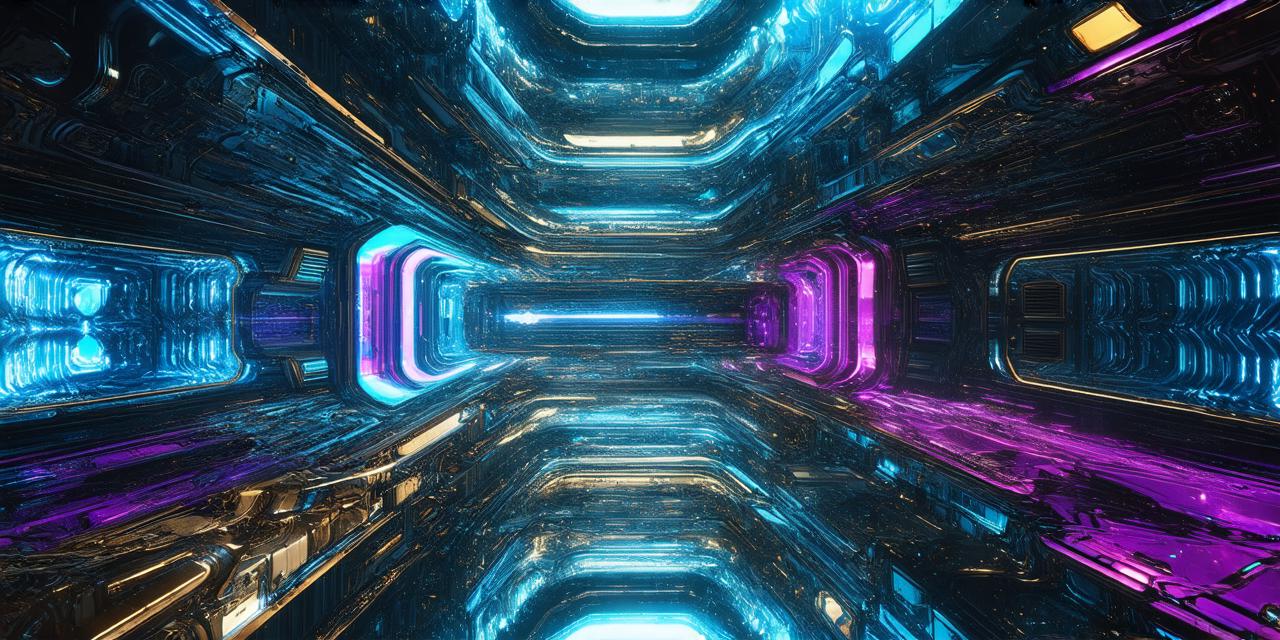
How are virtual reality and human perception interconnected?
Introduction
Virtual reality (VR) is a burgeoning technology that allows users to immerse themselves in digital environments. It’s a tool that has the potential to revolutionize industries such as gaming, education, and healthcare. But what happens when we combine VR with human perception? What are the implications for our brains and how do we navigate this new frontier of sensory experience? In this article, we will explore the interplay between virtual reality and human perception, and how it is shaping the way we interact with the world around us.
The Brain’s Role in Perception
The brain plays a crucial role in our perception of the world. It processes information from our senses and creates a coherent understanding of our environment. This process involves the integration of sensory data, such as sight, sound, touch, taste, and smell, into a unified representation of reality. The brain is also responsible for interpreting this data and making decisions based on it.
Virtual Reality and Perception
Virtual reality can mimic many aspects of our physical environment, including visual and auditory cues, spatial awareness, and even physiological responses. When we put on a VR headset, we are essentially stepping into an artificial world that is designed to stimulate our senses in a specific way. This can have profound effects on our perception of reality, as well as our cognitive processes.
Case Studies: Virtual Reality in Education and Training
Virtual reality has already found applications in education and training, where it has been used to enhance learning experiences and improve skills acquisition. For example, medical students can use VR simulations to practice surgeries and gain a better understanding of anatomy. Similarly, pilots can use VR simulations to train for flight, allowing them to experience realistic flight scenarios without the risk of crashing.
The Future of Virtual Reality and Human Perception

As virtual reality technology continues to advance, we can expect to see even more innovative applications in areas such as gaming, education, healthcare, and beyond. But with these advances come new challenges and questions about the implications for our brains and how we navigate this new frontier of sensory experience.
Summary
Virtual reality has already had a profound impact on our perception of reality and has shown great promise in enhancing learning experiences and improving skills acquisition. But as we continue to explore this new frontier, it’s important to consider the implications for our brains and how we navigate this sensory experience. By understanding the interplay between virtual reality and human perception, we can harness this technology to create more immersive and effective learning experiences, while also being mindful of the potential challenges and risks that come with this new tool. As we continue to journey through this looking glass, let us be guided by curiosity, creativity, and a deep understanding of the complex interplay between virtual reality and human perception.


